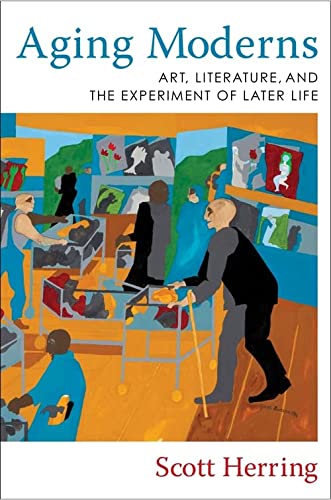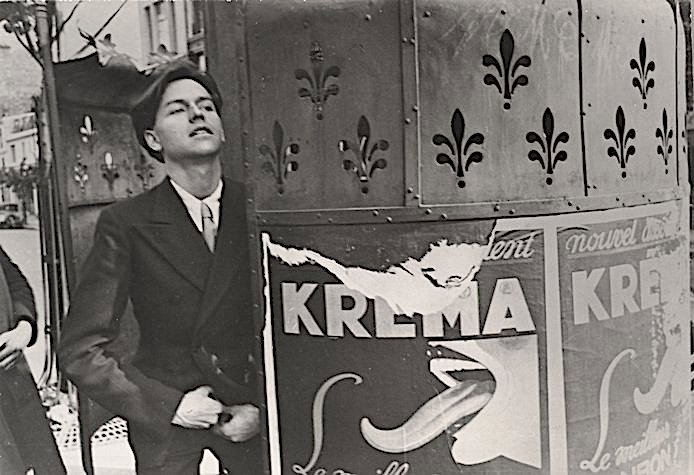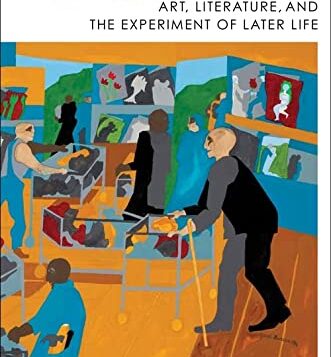 AGING MODERNS
AGING MODERNS
Art, Literature, and the Experiment of Later Life
by Scott Herring
Columbia Univ. Press. 288 pages, $30.
AMERICAN POET Charles Henri Ford (1908–2002) and his “surrogate son” Indra Tamang share a chapter in Scott Herring’s intriguing, fact-filled, opinion-strewn book of bio-criticism, Aging Moderns: Art, Literature, and the Experiment of Later Life, which focuses on six 20th-century Modernist artists and writers. Among the others he includes are poet and novelist Djuna Barnes (1892–1982), writer and sex diarist Samuel Steward (1909–1993), and “lesbian elder” of the Harlem Renaissance Mabel Hampton (1902–1989). Two additional chapters are devoted to the magic realist painter Ivan Albright (1897–1983) and writer Tillie Olsen 1912–2007). It is a peculiar accident of birth year and residence that this writer got to meet the four openly gay subjects (Barnes, Ford, Steward, and Hampton). I came to know Charles well enough for him to call himself my “Gay Mother,” and Sam Steward well enough for him to show me his special wrist tattoo.
Herring is clear about what he means by “Modernism.”

By contrast, Ivan Albright and Tillie Olsen continued to be closely tethered to their earlier successes. Albright’s late “Vermonter” portraits and Olsen’s continuation and reworking of the book Yonnondio: From the Thirties show intense focus upon reiteration and perfection of previous work rather than on novelty—which was, after all, a tenet of Modernism.
Herring doesn’t address that conundrum, alas, but one real possibility might be that the LGBT elders had more contact with younger artists rather than just younger medical and caregiving people. Certainly Ford did, living and working with Indra, who was generations younger. And Steward, until his final years, was eager to meet younger gay men in the arts and to remain au courant. Mabel Hampton’s involvement with Joan Nestle and other ’70s and ’80s women might have been different in kind from her earlier contacts with Langston Hughes, Zora Neale Hurston, and others of the Harlem Renaissance, but she approached both with the same passion and dedication. Only Barnes, who had seemingly closed herself off from everyone in her reclusive Patchin Place flat, limited her contact with the outside world and its new artistic possibilities.
Herring doesn’t evaluate or critique the new work but does give examples, leaving issues of quality open. Even so, it’s heartening to this member of the current, HIV-decimated, senior gay artist cohort to find a book like Herring’s strongly advocating for more attention being paid to what older artists are up to. Gay life is, after all, believed to be too focused on youth. But Herring doesn’t always get motives correct. He ascribes Ford’s complaints about not having lovers to old age. The truth is that Ford had been a great beauty in his time. Henri Cartier-Bresson famously photographed him exiting a Paris pissoir—next to an ad with a tongue pointing to where Charles was buttoning his fly. Even in his mid-eighties, Ford was a looker, his blue eyes still luminous. Like any beauty, he expected absolute adoration, which was no longer forthcoming. And yet, in a perfect, non-ageist world, he would have received it.






